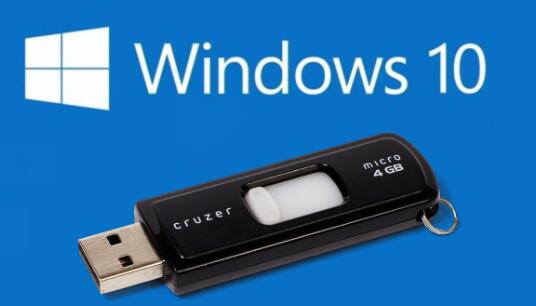When Windows creates USB folders, it generally depends on the context and the operations you perform.
1. Default Folder Location for USB Drives
AutoPlay and Root Directory: When you insert a USB drive into a Windows computer, by default, the USB drive is assigned a drive letter (such as E:, F:, etc.). Windows will often display the root directory of the USB drive in File Explorer. This root directory is where most of the basic file – handling operations take place. For example, if you copy – and – paste files directly to the USB drive without any specific software intervention, they will be placed in this root folder.

User – Defined Folders: You can create your own folders on the USB drive. For instance, you might create a folder named “Documents”, “Pictures”, “Music”, etc., to better organize your files. These folders can be created directly on the USB drive through the File Explorer interface. Just right – click in the empty space of the USB drive’s root directory in File Explorer, select “New”, and then choose the type of folder you want to create (e.g., “Folder”).
2. System – Created Folders in Special Cases
System Restore and Backup Folders: In some cases, if you use the Windows Backup and Restore feature and select the USB drive as a backup destination, Windows will create folders to store backup files. These folders usually have names related to the backup operation, such as “WindowsImageBackup” if you are creating a system image backup. The location of these folders is on the USB drive itself, usually at the root level or within a sub – folder that the backup process creates.
Windows Update Folders: Although it’s less common, in some scenarios related to updating Windows systems where the USB drive is used as a source of update files (for example, if you have downloaded Windows update files to a USB drive to install on another computer), Windows may create folders to manage and access these update files. The names of these folders can vary depending on the update process and the content of the updates.
3. Software – Specific Folders on USB
Antivirus and Security Software Folders: If you use antivirus or security software that has the option to store quarantine files or backup configuration files on a USB drive, the software will create its own folders. For example, an antivirus program might create a folder called “AVQuarantine” to store potentially infected files that it has isolated.
Media Player and Library Folders: Some media – playing software allows you to store media libraries or playlists on a USB drive. In such cases, the software will create folders to manage the metadata and file references related to your media collection. For example, a music player might create a folder called “MusicLibrary” where it stores information about your music files such as playlists, album art, and track metadata.
4. Virtualization and Portable Software Folders
Virtual Machine Folders: If you are using virtualization software and want to store virtual machine files on a USB drive, the virtualization software will create folders to hold the virtual hard disk images, configuration files, and snapshots. For example, if you use VMware Workstation or VirtualBox, and you configure a virtual machine to be stored on a USB drive, it will create a set of folders with names related to the virtual machine, such as the virtual machine’s name or a unique identifier.
Portable Application Folders: Portable software is designed to be run directly from a USB drive without installation on the host computer. These software applications usually have their own folder structure. For example, a portable office suite might have a folder structure that includes sub – folders for executables, templates, and user – generated documents. The top – level folder for the portable software is usually located on the USB drive and can be named after the software itself or a related brand or product name.
5. Folders Created by Disk Management and Partitioning Tools
Partition – Specific Folders: If you use disk management tools to partition your USB drive (for example, to create multiple partitions for different purposes), each partition will have its own root directory. You can then create folders within each partition’s root directory just like you would with a single – partition USB drive. These folders can be used to store different types of files according to the intended use of each partition. For example, you might have one partition for data storage and another for a bootable operating system installer, and each partition would have its own set of folders for the relevant files.
About us and this blog
Panda Assistant is built on the latest data recovery algorithms, ensuring that no file is too damaged, too lost, or too corrupted to be recovered.
Request a free quote
We believe that data recovery shouldn’t be a daunting task. That’s why we’ve designed Panda Assistant to be as easy to use as it is powerful. With a few clicks, you can initiate a scan, preview recoverable files, and restore your data all within a matter of minutes.
Subscribe to our newsletter!
More from our blog
See all postsRecent Posts
- Retrieve deleted videos from sd card 2025-04-25
- How to retrieve damaged sd card? 2025-04-25
- Retrieve photos from sd card 2025-04-25

 Try lt Free
Try lt Free Recovery success rate of up to
Recovery success rate of up to









